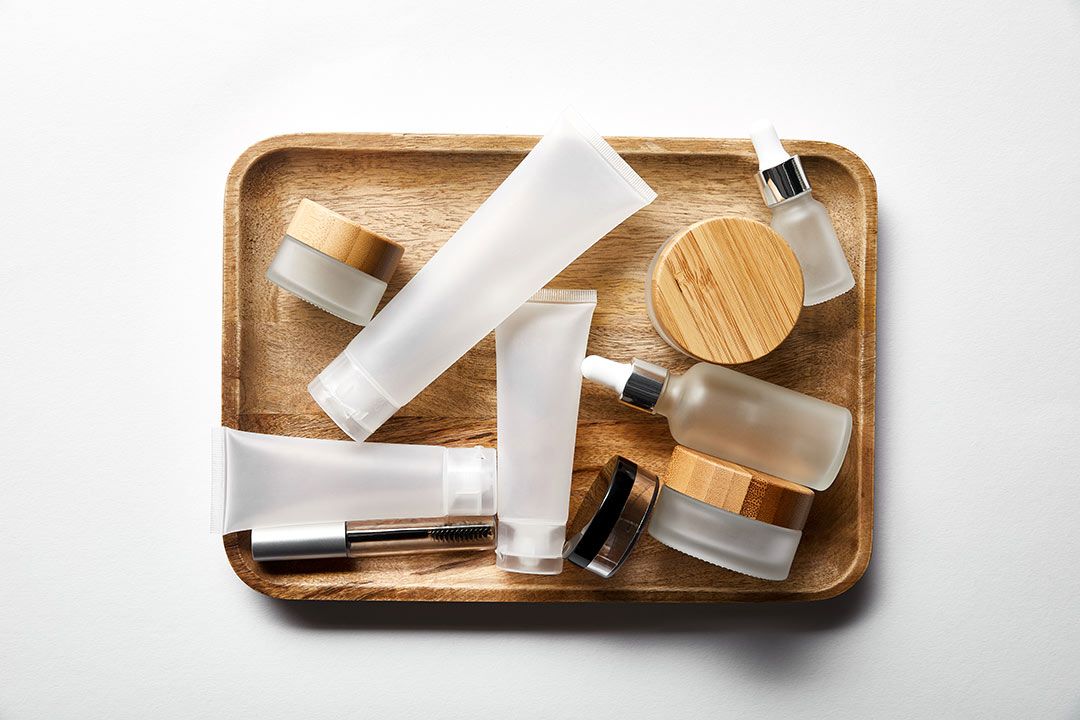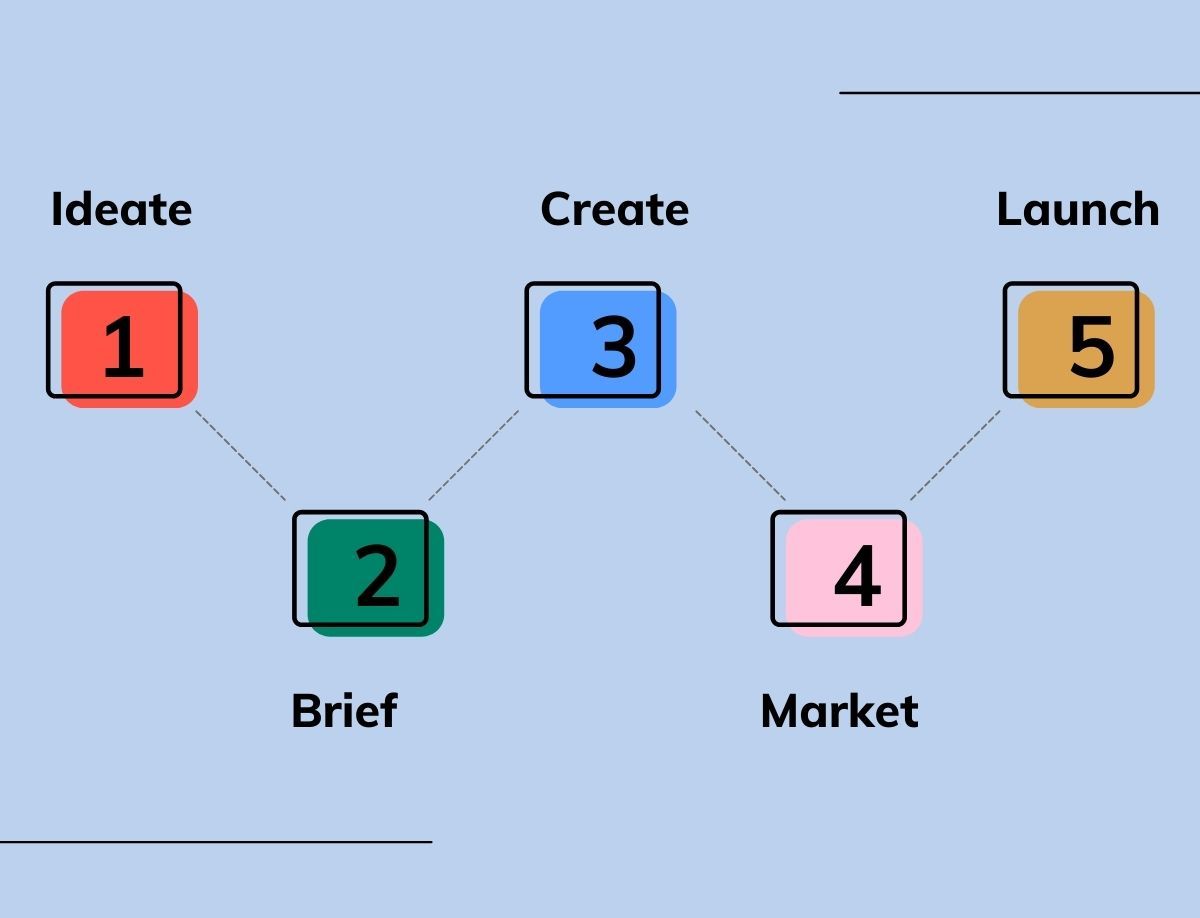The Three Principles of New Beauty Product Development
Arianna Andrews, Chief Commercial Officer
Nov 15, 2021 · 4 min read
Anybody who has made cosmetic products before understands the complexity of product development – especially the project management part of cosmetic development.
Once cosmetic product developers have the idea for a new beauty product, the focus shifts from ‘brainstorming’ to operational coordination and execution. This is when a cosmetic creator goes from being a beauty product developer to a project management ninja.
Cosmetic developers have to use the right tools and tactics to make sure that everybody in the project is aligned in order to move forward smoothly until launch. There are three key strategies that will help get you to market sooner:
-
Budget
-
Product Brief
-
Launch Roadmap
Understanding Budget Basics
To start working on your budget, you will need to have a fairly good idea of the cost for ingredients, labor, and packaging in order to understand how much each unit of product will cost to produce.
That number is called COGS – which means the Cost of Goods Sold. That is the total unit cost of all the components in your physical beauty product, plus the labor needed to produce them.
For example, you have a 1.5-ounce jar of cream, with a label, in a box and ready for sale. How much that costs per unit – before additional expenses like marketing or shipment – makes up your Cost of Goods. Multiply that by the number of pieces you will make, and that’s your production budget.

But that’s only one piece of your product development budget. You still need to figure out your costs for formulating (if that’s not included in manufacturing), branding and artwork, certifications if you have any, samples, marketing, a website, photos – these are all additional line items in your budget.
Some of these are one-offs, or start-up costs, like product photos or marketing activities for launch. But it’s important to sketch out the total costs beyond your COGS. Even if you are just starting out, unless you have endless cash on hand, having a solid financial outline will help you focus your energies – and your resources at launch.
With new products especially, it can be tempting to want to plan for all the bells and whistles – for example, you might want to own your formula, customize it with special ingredients, or obtain organic certification. But all these activities are additional costs, which can really weigh down a new product budget. And this is especially true at launch, when the product hasn’t proven itself yet and you may not be entirely sure of where it fits in the market. That’s where the Product Brief comes into play.
Cosmetic Development Begins with One Thing: The Product Brief
Your Product Brief is an outline of the technical and commercial aspects that make up your product. It should reflect your brand in every aspect. It’s an important tool that cosmetic creators will refer back to at almost every stage during product development.
Here is an example of how the Product Brief functions as your cosmetics creation playbook:
Your manufacturer tells you they don’t carry Raspberry Seed Oil, and asks if Grape Seed Oil can be used instead. That’s either an easy yes, or a no, depending on the ingredient’s importance to your product’s function or its branding. (The answer, for you and your development partners, is in the Product Brief!)
Can you make the ingredient change and still maintain the integrity of your product? And if it has to be Raspberry Seed Oil, do you have the budget to do a special order of the MOQ (minimum order quantity) of that ingredient?
A well-thought-out Product Brief answers questions like do you or don’t you need this ingredient, or this certification, do you want labels or silk-screening, and allows for modifying plans as needed.
The most important components of a Cosmetic Product Brief are:
- Physical description of all aspects of the product
- Budget (including COGS and sales and marketing costs)
- A careful analysis of the market you want to reach
- Launch roadmap
That last one is absolutely necessary to create a new product and get to market.
Beauty Product Launch: Making a Roadmap

The last two strategies have been about the product, the numbers, the description, and what’s required from the partners who will help you make it. But this last strategy is about your business and how you’re going to execute your plan in order to meet your objective – which is to launch your product and sell it.
Cosmetic creators who turn into project managers during development know that there is always tension between the work it takes to actually define and assemble the product and the marketing and sales activities that will ensure its success at launch.
Inevitably, there are going to be checks and dialogues throughout product development that will require technical time and what I like to call “grey time” – like the time it takes for your manufacturer to mail you a sample and for you to send your feedback, and for that feedback to trickle down to the formulator, who might be on vacation that week!
But at the same time, in order to launch the beauty product into the market, generate buzz on social media, secure distribution, create marketing collateral, your product has to follow a certain cadence and meet milestones so you can get to launch.
You need to figure out what technical time is needed from your suppliers to ship materials, do testing, and tweak formulas, and what lead times are needed for marketing and sales activities that will help you drive growth at launch.
Establishing a weekly, or maybe even a daily practice of referring back to the brief and launch roadmap ensures that you’re always aware of each milestone that has to be met in order for the next phases to go ahead.
By signing up to Goldn’s Cosmetic Product Builder, you can make new products with less risk and fewer headaches and get expert advice on formula-based product creation so that you can get to market faster.
Written by
Arianna Andrews, Chief Commercial Officer
Chief Commercial Officer at Goldn
Connect with Arianna Andrews, Chief Commercial Officer on LinkedIn.
It’s no secret that technology is revolutionizing the way the cosmetic and personal care industry operates, from product development to distribution. Here are a few key ways in which digital innovation is disrupting the cosmetic supply chain and product innovation
Jan 20, 2023 · 4 min read
In this article, we look at how the sense of smell is linked to consumer loyalty and what steps you need to take to select the right scent for your product.
Oct 11, 2022 · 4 min read
The data-powered SaaS platform for cosmetic creation just got better—now with transactions!
Jun 2, 2022 · 2 min read